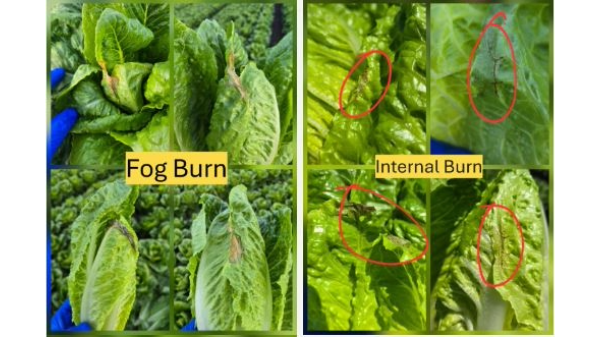Welcome to Blue Book!
Are you ready to join the thousands of companies who rely on Blue Book to drive smarter decisions? View our plans and get started today!
Still have questions? We’d love to show you what Blue Book can do for you. Drop us a line– we’ve been waiting for you.

And while the imports are not trademarked Vidalias, which can only be grown within counties surrounding Vidalia, Georgia, they’re very close. “Peruvian sweet onions are from the same seed stock as Vidalias,” Shuman asserts, “and are instantly recognizable by consumers.” Better yet, Peru’s growing season does not compete with U.S. growers. “The Peruvian sweet onion season and Vidalia season dovetail perfectly, which means retailers can provide customers with a consistent, high-quality product all year long.”
Grape Expectations
Many believe table grapes are poised to become the next ‘big’ Peruvian export. David Marguleas, executive vice president at Sun World International, LLC in Bakersfield, CA works with growers in two of Peru’s regions, Piura in the upper northwest, and Ica, south of Lima. “We license grape varieties in ten countries throughout the world and Peru is an up-and-coming producer and exporter. We’ve been in discussions with potential partners in Peru for a number of years. We have recently identified two in Ica—Agricola Chapi and Agricola Don Ricardo—and now have two Piura-based licensees—Camposol and Ecosac.”
According to Marguleas, one factor that has facilitated increased opportunity for growing and exporting grapes is that Peru’s intellectual property laws have advanced to the point where seed licensors like Sun World are more confident that their rights are protected. “The biggest change we’ve seen in the last few years is the trend from seeded varieties like Red Globe, which are popular in Asia, to seedless grapes like our proprietary Scarlotta Seedless, which are in demand in North America and Asia. Included among the dozen or so red, green, and black seedless varieties introduced in Peru recently are Sun World brands Sable and Midnight Beauty.”
As for the future of grape exports, Marguleas sees a continued climb in production and exports opening up more new markets. “Red Globes will continue to be shipped to China and Asia while new plantings of seedless varieties will expand markets in the European Union and North America.”
What It Takes
While climate and favorable trade agreements are certainly factors in Peru’s success, there is much more to the story.
Growers, brokers, and agriculture representatives have become increasingly sophisticated in their approach to export sales. Central Valley’s Durkin says many growers “have taken advantage of international trade fairs such as the Produce Marketing Association in the United States and Fruit Logistica in Berlin to form a more globalized view of market opportunities.
“Savvy, hard-working growers who conduct varietal trials and visit foreign markets have given rise to an incredibly diverse agricultural production environment in Peru that could not have been imagined 25 years ago,” says Durkin.








